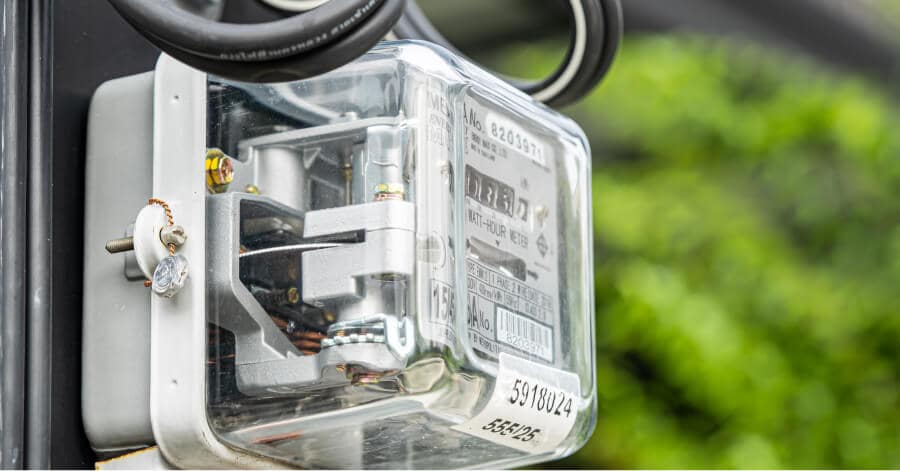Hyundai Motorstudio Senayan Park
Hyundai Motorstudio Senayan Park
Newsroom
-
10 Ways of Electrical Energy Efficiency at Home
- Hyundai Motorstudio Senayan Park 2022.10.04
-
In recent years, you may have noticed an increase in the basic electricity tariff. Even though electricity rates are rising, electricity is a basic need of modern society.
Without electricity, many activities and work are disrupted. Therefore, it is time for us to do electrical energy efficiency starting from our own homes.
There are many simple steps for electrical energy efficiency. Starting from turning off the lights to saving on the use of electronic equipment at home. Take a look at some of the ways to implement electrical energy efficiency in the following homes!
1. Maximize air circulation
When the weather is hot and the air is hot, many households turn on the air conditioner or fan which consumes a lot of electrical energy. Not only that, the use of AC can drastically increase electricity bills.
Therefore, from now on try to maximize air circulation so that the condition of the house is not too hot. For example, by opening windows, vents, or doors when the air is hot.
This method can implement electrical energy efficiency because it relies on natural and free air circulation. In addition, the exchange of air from outside and inside the room alternately, will make the room feel cool and fresh.
2. Wisely use electronic devices
Almost all homes today use electronic devices for their daily activities. Examples include televisions, microwaves, electric stoves, water pumps, charging cell phones, and much more.
In fact, at night, the consumption of electrical energy will increase due to turning on the lights. Let's apply electrical energy efficiency wisely using electronic equipment as needed.
Turn off lights or electronic devices that are not in use. Or, you can replace the electric socket with an on/off switch to make it more practical without unplugging unused electronic equipment.
3. More efficient when cooking
Electrical energy efficiency can also be done when cooking. For example, we can heat water with a kettle on a regular stove instead of an electric stove. In addition, tightly cover the microwave or oven to maintain a stable heat temperature. Thus, the food cooks quickly.
If cooking cooks faster, then we can save and apply electrical energy efficiency when cooking.
4. Wash clothes in cold water
You may not think, it turns out that the habit of using cold water when washing can have a big impact. According to the Energy Saving Trust page, washing clothes in cold water can achieve 40% electrical energy efficiency.
In some developed countries, washing machines can dispense hot or cold water according to washing needs. However, according to a study in the UK, clothes washed in cold water can reduce 858,000 tons of carbon emissions per year.
Plus, now there are many quality detergents that can wash clothes clean at low temperatures. So, there is no more reason to waste electricity to wash with hot water.
5. Use natural lighting
To implement electrical energy efficiency at home, we can optimize natural lighting. For example, by making a transparent roof above the room, or installing glass windows.
Some types of roofs are designed to absorb heat, so that even though they are transparent, the air in the room remains cool and cool.
6. Shorten bath time
If the shower in the bathroom still uses electricity, it's time to switch to a bucket and dipper. In addition, there is no need to soak in the bathtub for a long time, which requires a large amount of electrical energy consumption. Mainly, for heating water.
In fact, if you can shorten the shower time, say 1-2 minutes, it will reduce the burden on the electricity bill next month.
7. Installing the sensor light
Have you ever seen a house whose garden lights can turn on and off automatically when someone passes by? Motion sensor light technology will greatly support the efficiency of electrical energy.
Moreover, if you install sensor lights for the bathroom or warehouse space. After the room is finished, the lights will turn off automatically.
8. Installing solar panels
In the future, fuel oil will be replaced by alternative fuels that are environmentally friendly. In the early stages of installation, solar panels are quite expensive, but their use can be passed on to future generations.
Solar panels can be installed on the roof of the house, field, garden, and wall, so on. In fact, even though it can only be used to turn on the lights in one room, solar panels will greatly reduce the burden of electricity bills.
9. Take advantage of rainwater
Many homes still use electric pumps to deliver water to the pipes. Of course, every day requires a very large consumption of electrical energy. Especially, if the house consists of many family members with various water needs, respectively.
To perform electrical energy efficiency, we can build a rainwater irrigation system or rainwater collection pond. Later, rainwater can be used to water plants, wash clothes, flush toilets, and so on.
10. Choose LED or CFL lampu
The quality of the light bulb also greatly affects the efficiency of electrical energy. Be sure to use energy-efficient and environmentally friendly lamps, such as LEDs and CFLs.
Please note that CFL and LED lamps can save 25-30% of electrical energy to produce the same light as standard incandescent lamps. In addition, LED lights can last for years.
If necessary, replace the special lights at night with plug-in electro luminescent panel technology. This electric energy-saving night light is only 3/100 watts but is equivalent to a standard 20 watt bulb. Amazingly, these lights can turn on at night and turn off during the day automatically.
Every home would want to implement electrical energy efficiency, so that activities run smoothly, but the electricity bill remains minimal. By implementing electricity efficiency, we can reduce the waste of energy that pollutes the environment. Come on, start implementing electricity efficiency at home!




